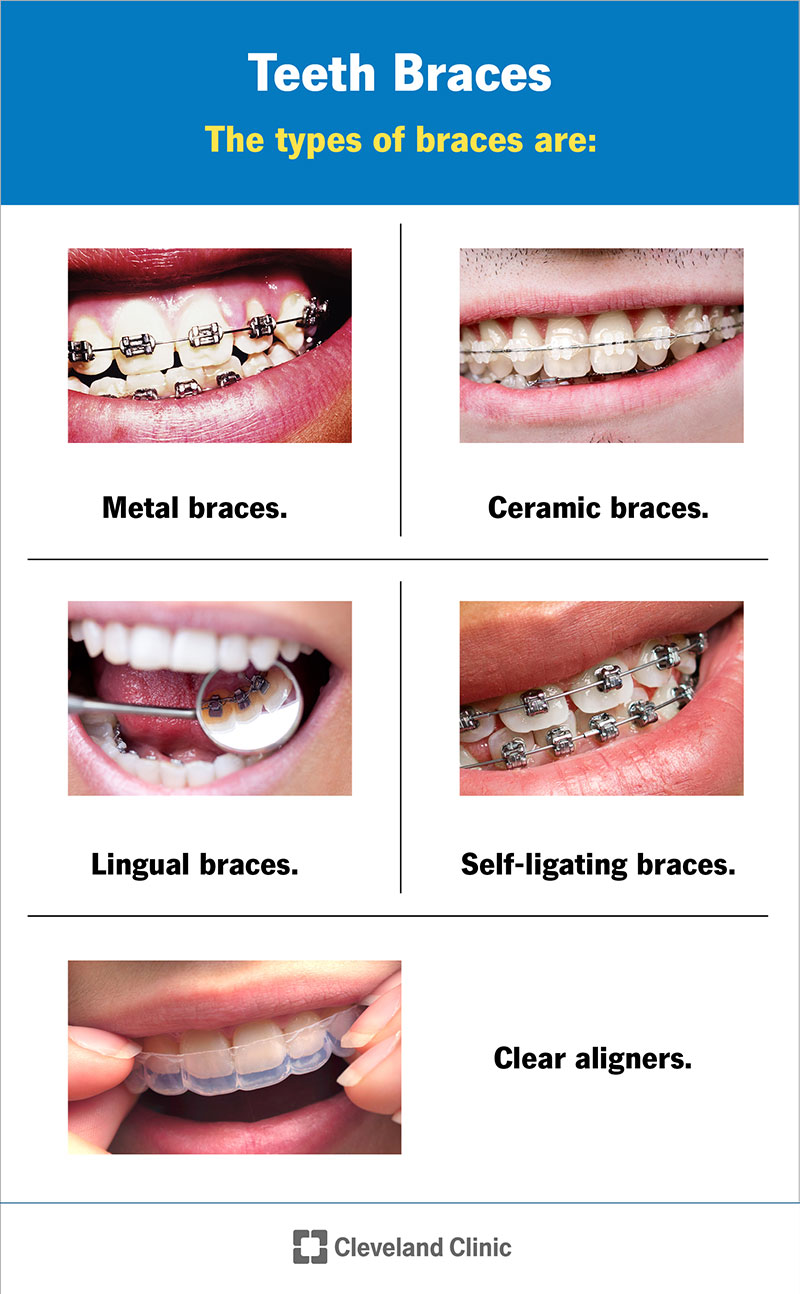Comprehensive Guide to Orthodontics Treatments for Correcting Oral Misalignments
In the world of orthodontics, the journey to achieving a flawlessly aligned smile entails a myriad of treatments customized to correct dental imbalances. From standard dental braces to invisible aligners and even surgical choices, the area of orthodontics provides a range of solutions to resolve varying degrees of oral irregularities. Comprehending the details of each procedure, including their mechanisms, benefits, and prospective downsides, is crucial in making informed decisions regarding one's orthodontic treatment. As we browse with the thorough overview to orthodontic treatments for dealing with oral imbalances, the intricate details of each method will unfold, shedding light on the path toward a functional and harmonious dental alignment.
Orthodontic Procedures Introduction

Routine changes and tracking are crucial parts of orthodontic therapy to guarantee progression is on track and to make any kind of required alterations along the way. By going through orthodontic procedures, people can not only accomplish a straighter grin yet also boost their overall dental health and wellness and function.
Typical Braces: Just How They Function
When taking into consideration orthodontic treatments for oral misalignments, typical braces stand out as a reliable technique for correcting teeth positioning. Typical braces are composed of brackets, cables, and bands that function together to use continuous stress on the teeth, gradually relocating them into the wanted alignment.
One trick element of exactly how standard dental braces work is the process of bone makeover. As pressure is put on the teeth through the dental braces, the bone surrounding the teeth is improved to sustain the new tooth placements. This remodeling is crucial for the long-lasting security of the corrected positioning. People will require normal adjustments at the orthodontist's office to guarantee the dental braces proceed to apply the correct pressure for reliable teeth activity.
Undetectable Aligners: Pros and Cons
These clear, personalized trays are practically undetectable when put on, making them an enticing alternative for people looking for an extra cosmetically pleasing orthodontic therapy. People can get rid of the aligners prior to eating or cleaning their teeth, reducing the risk of food getting stuck in the home appliance and streamlining the cleaning procedure.

Surgical Orthodontic Options
Surgical interventions in orthodontics present viable choices for resolving complicated dental misalignments that might not be successfully dealt with through standard orthodontic treatments. While invisible aligners and typical braces can remedy numerous orthodontic problems, certain instances require medical treatment to achieve optimal outcomes. Surgical orthodontic alternatives are generally recommended for extreme malocclusions, substantial jaw disparities, and cases where the underlying bone framework requires modification to accomplish appropriate alignment.
One usual surgical orthodontic treatment is orthognathic surgery, which entails rearranging the jaws to deal with useful concerns such as difficulty speaking or check here eating. This surgery is typically performed in partnership with an orthodontist that aids line up the teeth prior to and after the procedure. Surgical orthodontics may also entail procedures to expose impacted teeth, remove excess gum tissue, or improve the jawbone to create a much more unified face account.
Prior to taking into consideration medical orthodontic options, people undertake a detailed examination to figure out the necessity and possible benefits of such treatments. braces. While surgery may appear difficult, it can considerably improve both the feature and appearances of the smile in situations where conventional orthodontic treatments fall short
Retainers and Post-Treatment Care

Post-treatment care includes adhering to the orthodontist's instructions faithfully. This may include appropriate dental health practices, going to follow-up consultations, and wearing the retainers as recommended. Failing to adhere to post-treatment care guidelines can result in regression, where the teeth gradually move back towards their original positions. Regular retainer wear, great dental health, and regular dental exams are necessary for preserving the outcomes achieved with orthodontic surgery and making certain the long-term stability of the dealt with dental positioning.
Verdict
In verdict, orthodontic treatments provide different options for fixing dental misalignments. Traditional dental braces make use of steel braces and cords to change teeth right into appropriate positioning. Unnoticeable aligners dental implant companies supply a more discreet alternative but might not appropriate for all instances. Surgical orthodontic alternatives are readily available for more severe imbalances. Retainers are generally made use of post-treatment to keep the new alignment. Overall, orthodontic procedures can properly improve oral health and wellness and visual look.
As we navigate via the extensive overview to orthodontic procedures for remedying dental imbalances, the intricate information of each method will certainly unfold, dropping light on the path toward a harmonious and practical oral positioning. - cumming orthodontist
One of the most common orthodontic therapies is the usage of braces, which are composed navigate here of metal brackets and cords that use gentle stress to progressively move teeth into the wanted position.When taking into consideration orthodontic therapies for dental misalignments, traditional braces stand out as a reliable technique for correcting teeth placing. Additionally, invisible aligners might not be appropriate for complicated orthodontic issues that need more significant teeth activity, as they are commonly suggested for mild to modest situations. Retainers are personalized orthodontic gadgets made to hold teeth in their corrected settings after the conclusion of orthodontic therapy.